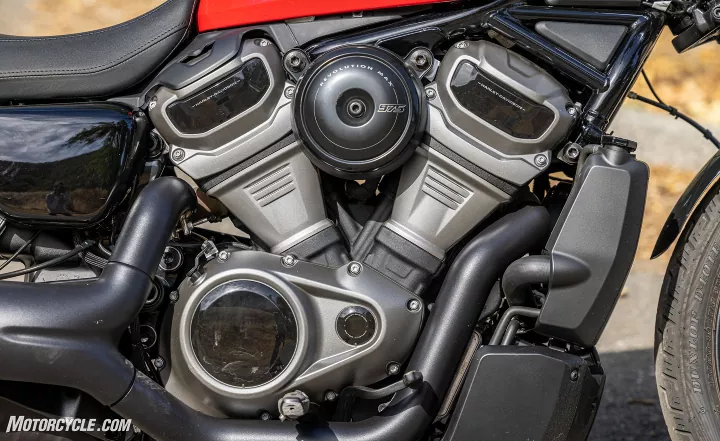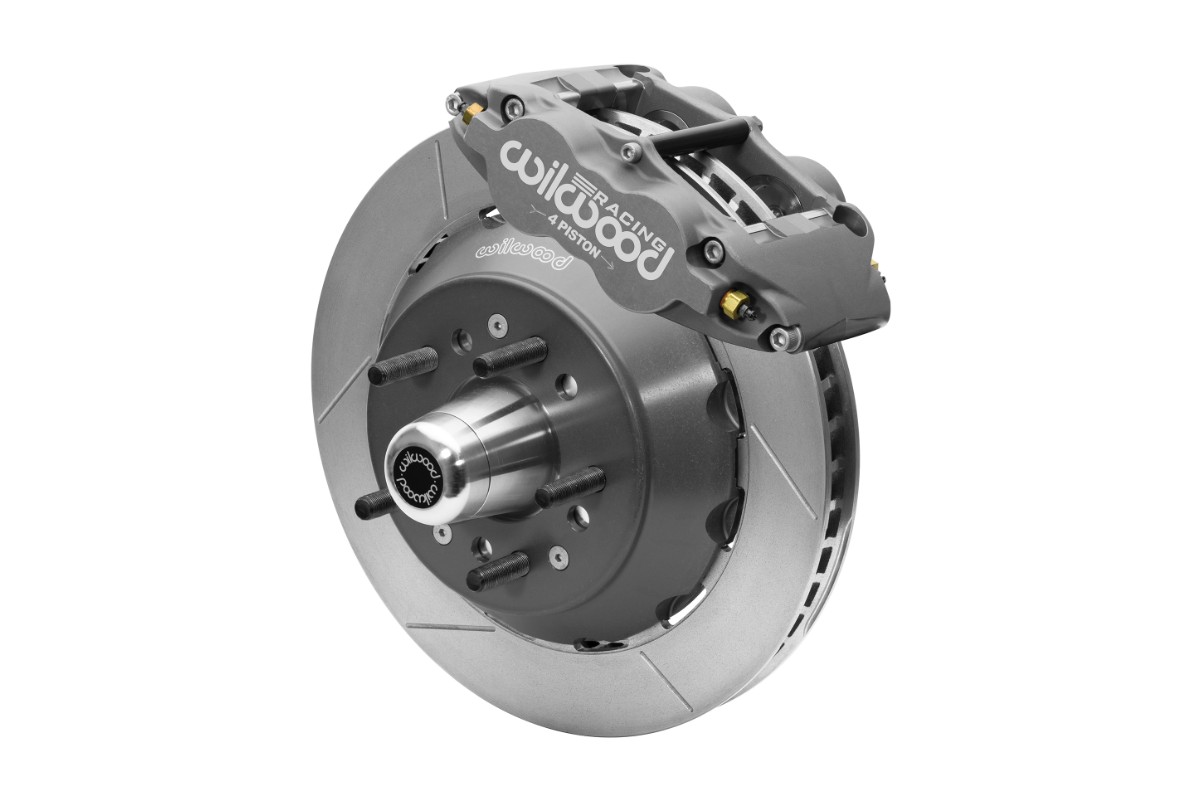Pistones Vs Rotores : The Ultimate Engine Showdown

Pistones and rotores are two different types of engines, commonly used in vehicles. Each has its own set of advantages and disadvantages, making them suitable for different applications.
Pistones and rotores are two distinct engine types used in various vehicles. Despite their differences, both have unique characteristics that make them suited for specific purposes. Understanding the features and functionalities of each engine type is crucial for making informed decisions when it comes to automotive applications.
We will delve into the differences between pistones and rotores, exploring their strengths and weaknesses, and helping you determine which option may be the most suitable for your specific needs. So, let’s dive in and examine the intricacies of these two engine types to gain a better understanding of their performance and applications.

Credit: www.youtube.com
Power And Efficiency
Pistones and Rotores are renowned for their distinct characteristics when it comes to power and efficiency. Let’s delve into a comparison of these two types of engines under the lens of power output and fuel efficiency.
Comparing Power Output Of Piston And Rotor Engines
Piston Engines:
- Known for their linear power delivery
- Commonly found in traditional vehicles
- Delivers power more smoothly
- Often utilized in rotary aircraft and sports cars
| Engine Type | Power Output |
|---|---|
| Piston | Varies based on engine size and design |
| Rotor | Higher power output per cycle |
Fuel Efficiency Analysis: Pistons Vs. Rotors
Piston Engines:
- Operate at a higher thermal efficiency
- Commonly used in fuel-efficient vehicles
- May offer lower fuel efficiency due to design complexities
- Efficiency influenced by engine speed and load
When choosing between Pistones and Rotores, assessing the power output and fuel efficiency according to your specific needs is paramount.
“`Performance And Durability
Discover the unparalleled performance and durability of pistons versus rotors in engine systems. While pistons provide reliable power output, rotors offer exceptional endurance for sustained operation. The choice between the two depends on specific requirements and usage scenarios.
When it comes to comparing the performance and durability of pistons and rotors, there are several factors to consider. These components play a critical role in the operation of an engine, affecting elements such as acceleration, speed, longevity, and maintenance. Let’s delve deeper into these aspects to understand how pistons and rotors measure up against each other.Acceleration And Speed Comparison
When it comes to acceleration and speed, pistons and rotors each have their advantages. Pistons, being the more traditional choice, are known for their ability to generate high torque at low RPMs, resulting in quick and smooth acceleration. This characteristic makes them well-suited for applications that require quick bursts of power, such as in sports cars or heavy-duty vehicles. On the other hand, rotors, commonly found in rotary engines, offer a unique advantage in terms of their ability to achieve high RPMs. This allows for faster revolutions and potentially higher top speeds. However, the trade-off here is that rotors may not provide the same amount of low-end torque as pistons.Longevity And Maintenance Aspects Of Pistons And Rotors
When it comes to longevity and maintenance aspects, pistons and rotors also have their own considerations. Pistons, being a tried and tested component, have been known to have excellent durability and reliability. Properly maintained, they can last for a considerable amount of time before requiring any major repairs or replacements. Maintenance for pistons typically involves regular oil changes and inspections to ensure optimal performance. On the other hand, rotors, being a less common choice, may require more specialized maintenance. The unique design of rotary engines means that they can be more prone to issues such as rotor seal wear or carbon buildup as compared to piston engines. Therefore, regular inspections, specialized lubricants, and attentive maintenance are crucial to keep rotary engines in good working condition. In conclusion, when comparing the performance and durability of pistons and rotors, it’s important to consider the specific requirements of your application. Pistons offer exceptional low-end torque and high reliability, making them a reliable choice for many. On the other hand, rotors excel in achieving high RPMs and potentially higher top speeds, but require specialized maintenance. Understanding the strengths and weaknesses of each component can help you make an informed decision based on your performance and durability needs.Design And Engineering
When it comes to comparing piston engines and rotor engines, a key aspect to consider is the design and engineering behind these two types of engines. Understanding the internal mechanisms of piston engines and the innovative engineering concepts behind rotor engines sheds light on their unique characteristics and performance.
Understanding The Internal Mechanisms Of Piston Engines
Piston engines rely on the back-and-forth motion of pistons within cylinders to convert fuel into mechanical energy. The design includes components such as cylinders, pistons, crankshafts, and valves, working together to facilitate the combustion process and power delivery. This internal mechanism introduces reciprocating motion, resulting in linear power generation.
Innovative Engineering Concepts Behind Rotor Engines
Rotor engines, also known as rotary engines, operate on a different principle compared to piston engines. These engines feature a unique triangular rotor that rotates within a housing, creating a continuous combustion cycle. The engineering behind rotor engines aims to minimize vibration, enhance power-to-weight ratio, and optimize the combustion process through compact and efficient designs.

Credit: www.motorcycle.com
Applications In Automotive Industry
The applications of both pistons and rotors in the automotive industry play a crucial role in powering various vehicles and influencing their performance. Understanding their usage in different vehicle types, as well as the advancements and challenges in implementing rotor engines, provides valuable insights into the evolving landscape of automotive technology.
Usage Of Pistons In Different Vehicle Types
Pistons are widely utilized in the automotive industry, powering a diverse range of vehicles including cars, motorcycles, and trucks. Their mechanical structure enables them to generate the necessary force to drive the engine, making them an integral component of internal combustion engines.
Advancements And Challenges In Implementing Rotor Engines
Implementing rotor engines in the automotive industry has led to significant advancements in power and efficiency. However, challenges such as maintaining tight tolerances and addressing thermal control issues have emerged, highlighting the need for continuous innovation in rotor engine technology.
Environmental Impact
When considering vehicle engines, it is vital to examine their environmental impact. Understanding how different engine types affect our planet is crucial to making sustainable choices. In this section, we will compare the emissions of pistons and rotors and explore sustainability considerations in engine selection.
Emissions Comparison: Pistons And Rotors
One of the key factors in evaluating the environmental impact of engines is the comparison of emissions produced by pistons and rotors. Both engine types have different combustion processes, which directly influence the gases released into the atmosphere.
Pistons engines, commonly found in traditional combustion vehicles, burn fuel in a series of cylinders. This combustion process generates two primary emissions: carbon dioxide (CO2) and nitrogen oxide (NOx). These harmful greenhouse gases contribute to global warming and air pollution. Additionally, pistons engines produce small amounts of unburned hydrocarbons and particulate matter, further contributing to environmental degradation.
On the other hand, rotor engines, also known as wankel engines, have a unique combustion process that results in different emissions. Compared to piston engines, rotor engines have lower NOx emissions. However, they tend to produce higher levels of unburned hydrocarbons, carbon monoxide (CO), and carbon dioxide.
To summarize, while both piston and rotor engines have their emissions variations, piston engines produce more NOx and less unburned hydrocarbons compared to rotor engines. However, rotor engines generate less NOx emissions but higher levels of unburned hydrocarbons.
Sustainability Considerations In Engine Selection
When selecting an engine, considering sustainability is crucial to reduce our overall environmental impact. There are several factors to take into account beyond emissions alone.
1. Fuel Efficiency: Opting for an engine type that offers better fuel efficiency can significantly reduce carbon emissions. Higher fuel efficiency means less fuel consumption, ultimately lowering the ecological footprint.
2. Renewable Fuel Compatibility: Another crucial aspect is checking if the engine can run on renewable fuels such as biofuels or electricity. Using renewable energy sources helps to lessen dependence on fossil fuels and reduce emissions.
3. Lifecycle Analysis: Conducting a lifecycle analysis of the engine is essential to have a comprehensive understanding of its overall environmental impact. This analysis considers factors like manufacturing, use, maintenance, and recycling, providing insights into the engine’s ecological effects throughout its lifecycle.
4. Alternative Propulsion Technologies: Exploring alternative propulsion technologies, such as hybrid or electric engines, can be a sustainable choice. Electric vehicles produce zero tailpipe emissions, making them a promising option to decrease overall environmental impact.
5. Longevity and Durability: Engines that have a longer lifespan and require less frequent maintenance have advantages concerning sustainability. By reducing the need for new engines and minimizing waste generation, longevity and durability contribute positively to the environment.
To sum up, while emissions are a significant aspect of considering the environmental impact of engines, other factors such as fuel efficiency, renewable fuel compatibility, lifecycle analysis, alternative propulsion technologies, longevity, and durability should also be taken into account when making sustainable engine choices.

Credit: dragillustrated.com
Future Trends And Technologies
The world of engine technologies is rapidly evolving, with ongoing advancements driving the development of future trends and technologies in both piston and rotor engines. From innovative breakthroughs in piston engine design to emerging technologies reshaping rotor engines, the landscape of propulsion systems is being revolutionized.
Emerging Technologies In Piston Engine Development
1. Advanced Materials: Utilizing cutting-edge materials to enhance durability and performance.
2. Direct Injection Systems: Improving fuel efficiency and overall engine performance.
3. Turbocharging: Boosting power output while maintaining efficiency.
Innovations Shaping The Future Of Rotor Engines
1. Compact Designs: Streamlining rotor engines for greater efficiency and reduced weight.
2. Hybrid Technologies: Integrating electric components for enhanced performance and reduced emissions.
3. Advanced Control Systems: Implementing sophisticated control algorithms for optimal rotor engine operation.
Frequently Asked Questions On Pistones Vs Rotores
What Are The Main Differences Between Pistons And Rotors?
Pistons are reciprocating, and rotors are rotating engine components. Pistons move up and down, while rotors spin in a circular motion.
Which Engine Design Is More Efficient: Pistons Or Rotors?
Pistons are more efficient at lower RPMs, while rotors are better at higher RPMs due to less reciprocating mass.
Can You Explain The Advantages Of Pistons Over Rotors In Engines?
Pistons have better fuel efficiency and lower emissions compared to rotors, making them more environmentally friendly.
What Are The Benefits Of Using Rotors Instead Of Pistons In Engines?
Rotary engines, using rotors, are lightweight, have high power-to-weight ratios, and operate more smoothly than piston engines.
Conclusion
The debate between pistons and rotors has been ongoing for years. Both types of engines have their advantages and disadvantages, and the choice ultimately depends on the specific needs of the user. While pistons offer greater torque and efficiency, rotors excel in terms of power and smooth operation.
Whichever option you choose, it’s important to consider factors such as cost, maintenance, and performance requirements. Ultimately, the decision comes down to personal preference and the intended use of the engine.





